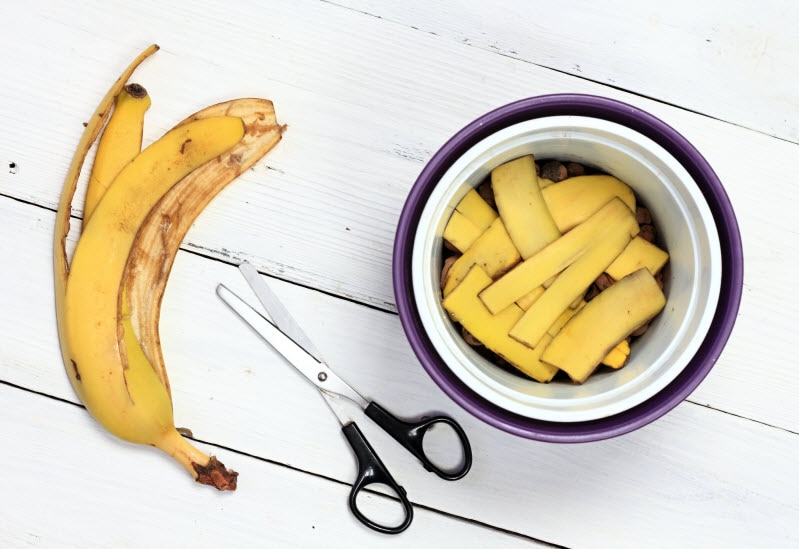Research by the Carton Council of North America, a trade group for producers of carton packaging, shows 94% of Americans support recycling. That’s not a surprise, given that the U.S. recycling movement dates back to the 1970s.
But you’d be hard-pressed to find a lot of Americans who know about, let alone support, an emerging concept known as food upcycling. Awareness of food upcycling is gradually rising, though. In short, upcycling converts otherwise wasted food into usable products.
What is upcycled food?
In 2020, the Upcycled Food Association — created just a year earlier — and its partners issued an official definition of upcycled food. And in 2021, the association launched the world’s first and only initiative for certification of upcycled food products and ingredients.
The official definition states that upcycled foods “use ingredients that otherwise would not have gone to human consumption, are procured and produced using verifiable supply chains, and have a positive impact on the environment.”
Jonathan Deutsch, a professor at Drexel University and director of the Drexel Food Lab, says the formal definition is “putting some teeth into a trend that is doing the right thing for our food supply, our environment, consumers and businesses.”
Further bolstering the growth of food upcycling is the Upcycled Food Association’s certification program. The program says it adheres to a set of rigorous standards designed to instill consumer confidence in upcycled foods. This certification setup is similar to programs for certification of organic, non-GMO and fair trade products.
The association says certification “is critical because consumers are already signaling that they care about reducing food waste and want to buy more upcycled food.” The group cites a survey indicating 57% of consumers are actively seeking to buy more upcycled foods.
“A certifiable standard will support these consumers as they seek to fill their shopping carts with products that will not only nourish themselves and their communities, but also the planet,” the Upcycled Food Association says.
The Spoonshot food blog predicts food upcycling will gain ground as a trend in 2022 and beyond.
“Upcycling still remains a niche concept among consumers, but will become more popular as more products and companies highlight these credentials and efforts,” the blog observes. “In the coming year, companies are going to take a hard look at the byproducts of their manufacturing processes and figure out ways of making them consumable (and not just as food) and cutting down waste.”
Why is upcycled food important?
Food waste is a vast problem, and food upcycling is one way to attack it.
According to the U.S. Food and Drug Administration (FDA), an estimated 30% to 40% of the country’s food supply is wasted. In fact, wasted food is the No. 1 component in U.S. landfills. In 2018, an estimated 68% of the food waste generated in the U.S. went to landfills or combustion facilities, the U.S. Environment Protection Agency (EPA) says.
On Thanksgiving 2021 alone, an estimated 305 million pounds of food — valued at more than $400 million — went to waste, according to ReFED, a nonprofit striving to end food waste in the U.S. Production of that food created greenhouse gas emissions of more than 1,100,000 metric tons of carbon dioxide equivalent and consumed 104 billion gallons of water.
Advocates believe upcycling can dramatically reduce food waste at Thanksgiving and throughout the year. Food involved in upcycling includes bananas (and other whole foods), orange peels (and other food scraps) and juice pulp (and other food byproducts).
As outlined by the Upcycled Foods Definition Task Force, these are the five pillars of upcycled food:
- They are made from ingredients that would otherwise have been counted as food waste.
- They are value-added products.
- They are safe for human consumption (but also can be used in animal feed, pet food and cosmetics).
- They have an “auditable” supply chain.
- Their labels indicate which ingredients are upcycled.
Forbes cites several examples of companies producing upcycled food:
- Barnana turns “imperfect” bananas into make banana-based snacks.
- Wtrmln Wtr creates a cold-pressed juice from “imperfect” watermelons.
- Barvocado uses upcycled avocado seeds to make energy bars.
Supporters say upcycling can help achieve the U.S. goal of cutting food waste in half by 2030 to 164 pounds per person. ReFED estimates that on top of what’s already happening, upcycling in the U.S. could divert nearly 1.9 million tons of food waste a year and create a net financial benefit of almost $2.7 billion a year.
How can you reduce food waste?
Other than purchasing upcycled foods, what can you do to reduce food waste? The EPA provides these suggestions:
- Make your grocery shopping list based on how many meals you plan to eat at home each week, taking into account how many times you might dine out.
- Plan meals a week before you go shopping and buy only those items that you need for those meals.
- Search your refrigerator and pantry to avoid buying foods that you already have on hand.
- Resist buying food in bulk unless you know you’ll use it before it goes bad.
- Store fruits and vegetables inside or outside the refrigerator in ways that extend their shelf life.
- Freeze foods, such as bread and meat, that you won’t be able to use in a reasonable amount of time.
- Incorporate restaurant leftovers into your at-home meals.


